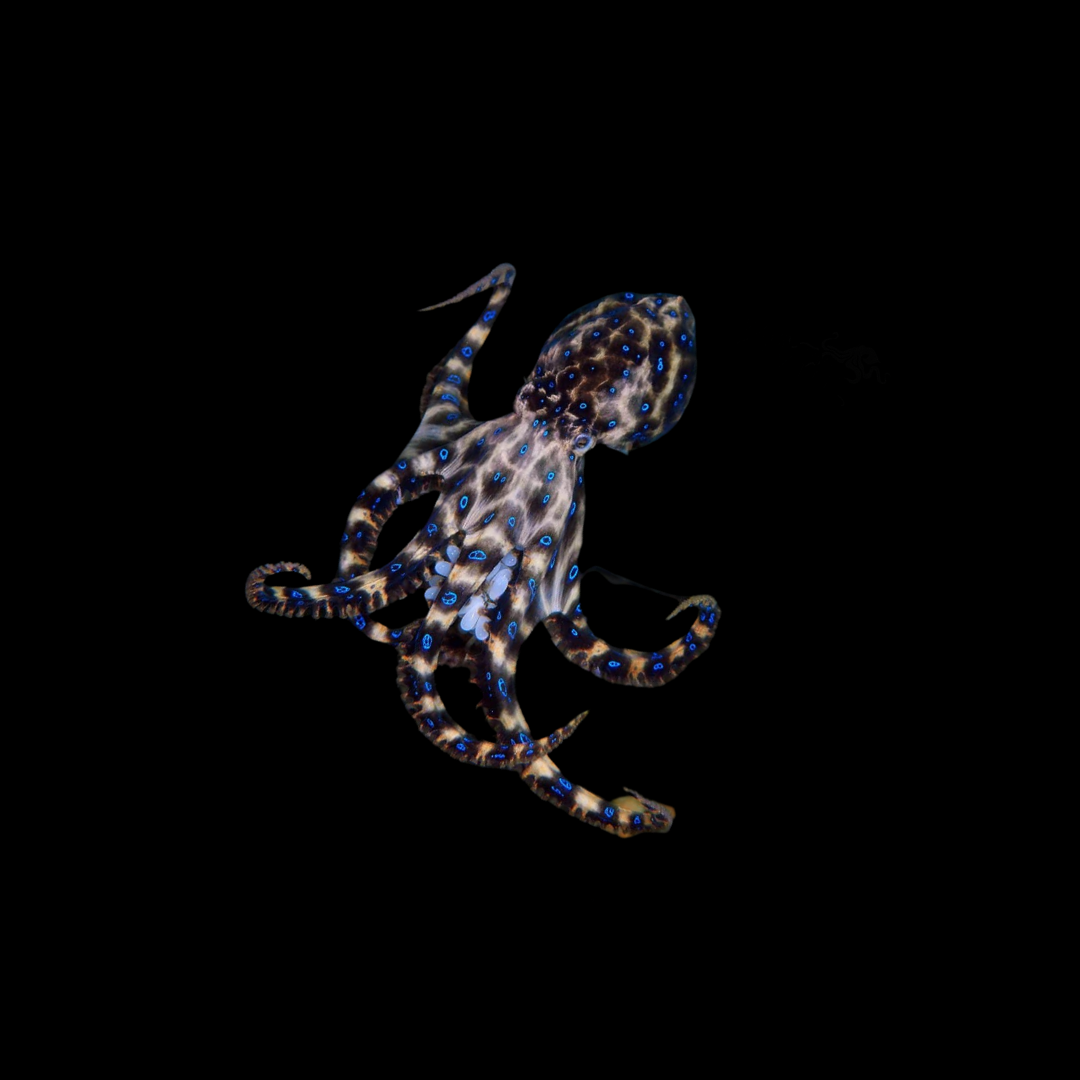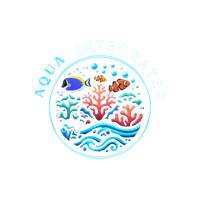BOXING WEEK ON NOW UNTIL DEC.31 FREE SHIPPING OVER $550
Blue-ringed octopus (Hapalochlaena sp.)
$159.99
Sold out
was $199.99 Save 20%
Origin
Please choose
Sold out
Save this product for later
Blue-ringed octopus (Hapalochlaena sp.)
Product Details
The Blue-Ringed Octopus is an incredibly beautiful and fascinating, yet highly dangerous, marine creature known for its striking blue and black rings, which intensify when the octopus feels threatened. Despite its small size, this octopus possesses one of the most potent venoms in the animal kingdom. Its venom contains tetrodotoxin, which can cause paralysis and even be lethal to humans. While highly captivating to observe, the Blue-Ringed Octopus is not recommended for home aquariums due to its toxicity and specialized care requirements.
Important Note on Toxicity
The toxicity level of Blue-Ringed Octopuses varies based on their geographic location. Specimens found in Australia tend to possess higher concentrations of tetrodotoxin, making them extremely dangerous. In contrast, species from regions outside of Australia are often reported to be less toxic but should still be treated with extreme caution. Regardless of origin, handling should be strictly avoided.
Care Information
- Maximum Size: Up to 8 inches across (with arms extended).
- Tank Size: 50 gallons minimum; requires a well-sealed tank with secure lids to prevent escape, as octopuses are skilled escape artists.
- Diet: Carnivorous; feeds on small crustaceans, mollusks, and occasionally fish. In captivity, it may accept live crabs, shrimp, and small fish.
- Water Temp: 74-78°F.
- Salinity: 1.020-1.025.
- Aggression: Solitary; should be housed alone as it may display aggression toward tankmates.
- Skill Level: Expert-only; due to its toxicity, advanced care needs, and escape risk, the Blue-Ringed Octopus is suited only for specialized aquarists in a controlled environment.
- Reef Compatibility: Not recommended for reef tanks; it poses risks to other tank inhabitants and, given its specialized needs, is best kept in a species-specific tank if kept at all.
Special Consideration - Extreme Toxicity
All Blue-Ringed Octopuses produce tetrodotoxin, a venom that can cause severe harm or even be fatal to humans. Caution should be exercised at all times, and direct handling is strongly discouraged. The octopus may only display its warning blue rings when threatened, so always respect its space and avoid any physical contact.
Compatibility and Tank Requirements
This species is highly solitary and should be housed alone in a tank designed to prevent escape. Octopuses are known to open lids, manipulate objects, and even squeeze through small gaps, so a tightly sealed setup with no small openings is essential for safely containing this species.
Coloration
- Indo-Pacific Region: The Blue-Ringed Octopus is known for its yellow to tan body covered in electric blue rings that intensify when it feels threatened or alarmed. This coloration serves as a warning to potential predators and is one of the most striking features of the species.
Typical Habitat
- Distribution: Found throughout the Indo-Pacific, particularly around Australia and Southeast Asia, the Blue-Ringed Octopus inhabits rocky reefs and shallow tide pools, where it hunts crustaceans and mollusks. In captivity, it requires a tank setup with secure hiding spots and limited flow.
Display prices in:CAD

